An art form that has been around for more than a century is airbrushing. It is widely used in many industries, including those in the automotive, fine art, and cosmetics sectors, to mention a few. The blade is one of the fundamental components of an airbrush. To create minute details and smooth gradients in airbrush artwork, a delicate instrument called an airbrush needle is used.
It can be confusing to choose the right size airbrush needle for your particular project, though, because there are so many various sizes available. We’ll cover all there is to know about airbrush needles in this blog article to be of assistance. We’ll go over everything from needle sizes to their applications and even upkeep advice.
What Is Airbrush Needle?
An airbrush needle is a fundamental component of any airbrushing kit, playing a vital role in regulating the flow of paint or other media through the airbrush. This slender, pointed metal rod is carefully crafted to ensure a smooth and consistent flow of paint, enabling the artist to create fine detail work with precision and accuracy. It comes in different types and materials, including stainless steel, and is available in varying sizes to suit different applications.
The size of the airbrush model needle is crucial in determining the level of detail that can be achieved in a painting, with smaller needles allowing for finer, more intricate work.
Aside from size, the material and design of the needle also play a significant role in determining the airbrush’s overall performance. High-quality airbrush needles will reduce paint build-up, wear, and tear and improve the airbrush’s durability and longevity.
Investing in the right airbrush needle is important to achieving the desired results in your airbrushing projects. With the right needle, airbrush users can unleash their creativity and create stunning professional, and visually striking works of art.
What Are The Different Airbrush Needle Sizes
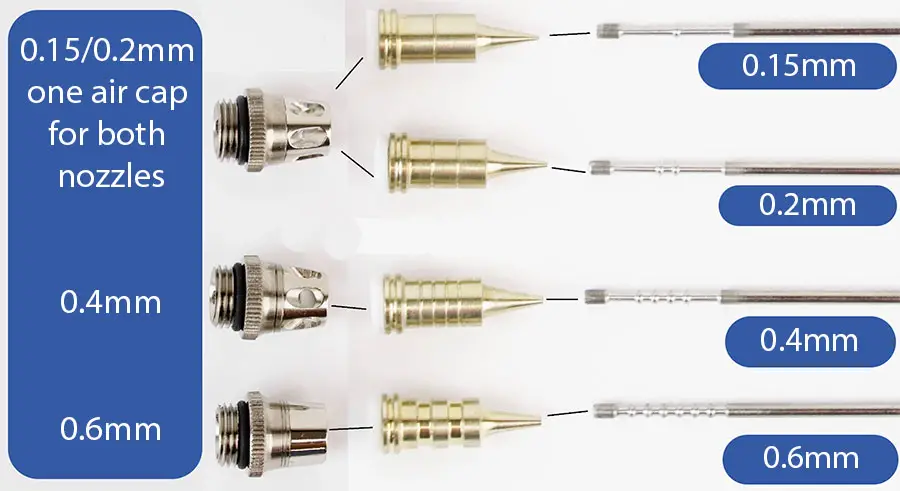
The needle size is one of the most crucial factors in determining the airbrush’s spray pattern, color flow, and ability to achieve fine detail. Needles for airbrushes come in a variety of diameters, and each one serves a specific purpose. We’ve compiled a list of the most popular needle diameters and their corresponding applications:
0.2 mm Needle
Typically, a 0.2 mm needle is the tiniest one used for airbrushing. It’s perfect for fine-tuning and drawing ultra-fine lines. Portraits, retouching, and detailing tiny components all benefit from the finer point of this needle size. Besides making dots and applying fine layers of paint, the 0.2 mm needle has many other uses.
0.3 mm Needle
The 0.3 mm needle is a little bit bigger than the 0.2 mm needle, and it makes a line that is a little bit thicker. This needle size is versatile and can be used for both small details and airbrushing in general. It can be used to spray paints that are thin to medium in consistency. The 0.3 mm needle is often used for t-shirt designs, car graphics, and scale models.
0.4 mm Needle
In terms of needle size, airbrushing generally calls for a 0.4 mm needle, which is a nice middle ground. It is ideal for spraying paints with a medium to thick consistency and produces lines of medium width. Needle sizes in the intermediate range are commonly used for applying base coatings and layers. To color miniatures and other small objects, an airbrush with a needle of 0.4 millimeters is commonly used.
0.5 mm Needle
The 0.5 mm needle is a bigger size that works well for thicker spraying paints. It makes a thick line and is often used to quickly paint over large areas. Most of the time, this needle size is used for base coating and painting larger areas, like murals, car painting, and fabric painting.
Airbrush needles come in different sizes, and each size is used for something different. It’s important to know exactly what the different airbrush needle sizes do and how they change the way your art turns out. The new needle size will make a difference whether you have an airbrush that works in two ways or one with more advanced features.
What Are The Tips To Maintain and Care Airbrush Needles
Airbrushing is a technique that has been used by artists for decades to create intricate designs and beautiful artworks. The airbrush needle is a critical part of the airbrushing system, and proper maintenance and care are essential to ensure its longevity and optimal performance.
Here are some tips for maintaining and caring for your airbrush needle:
1. Clean the Needle After Each Use
The most important step in maintaining your airbrush needle is to clean it after each use. This involves disassembling the airbrush models and using a cleaning solution to remove any residual paint or debris from the needle. Use a soft brush or cotton swab to clean the needle gently, making sure not to bend or damage it.
2. Use the Right Cleaning Solution
It is essential to use the right cleaning solution for your airbrush needle. Harsh chemicals can damage the needle and other parts of the airbrush system. Always use cleaning solutions that are specifically designed for airbrushes, and avoid using household cleaners or solvents.
3. Store the Needle Properly
Proper storage is crucial to ensure the longevity of your single or dual-action airbrush needle. When not in use, store the needle in a protective case or container to prevent damage or bending. Make sure to keep it in a dry and cool place to avoid any corrosion or rust.
4. Use a Lubricant
The airbrush needle’s smooth motion and decreased susceptibility to harm are both benefits of using a lubricant. Before each use, lubricate the needle with a drop or two and wipe it clean with a towel. Just the right amount of lubricant will do the trick; too much will alter the paint’s movement.
5. Stitch Swap When Needed
Needles in airbrushes are fragile and prone to harm, bending, and dulling over time. Be on the lookout for needle wear and replace it when required. Inadequate outcomes can be achieved with an airbrush if the needle is damaged or bent.
6. Avoid Over-Tightening
When assembling your airbrush, it is essential not to overtighten the needle. Over-tightening can cause the needle to bend or break, which can affect the airbrush’s performance. Ensure that the needle is secure but not overly tightened.
If you want your airbrush needle to last as long as possible and operate at its best, regular maintenance is a must. These easy steps will ensure that your airbrush blade remains in good working order so you can continue to create stunning works of art for years to come.
FAQ
Are all airbrush needles provide the same result?
No, all airbrush needles do not provide the same result. The size and shape of the needle can significantly impact the application and finish of the paint. Professional artists and hobbyists alike should carefully consider the needle size and type to achieve the desired result!
What is the best airbrush needle size?
The finest needle size for an airbrush is dependent on the paint being used and the intended purpose of the tool. Needle sizes between 0.2mm and 0.5mm are typically used for finer work, while those between 0.5mm and 1.0mm are used for more extensive coverage. For the best outcomes, select a needle size that is appropriate for your project.
How does the size of the needle affect airbrushing?
The size of the needle in an airbrush affects the width of the spray pattern, the amount of paint flow, and the level of detail that can be achieved. A larger needle will produce a wider spray pattern and allow for more paint flow, while a smaller hand will produce a narrower spray pattern and finer details.
Conclusion
The size of the needle on the airbrush is an important part of airbrushing. Different sizes of needles make different results, so it’s important to know how each size affects the result.
You should now know everything you need to know about airbrush needles thanks to this post. You now know about the different sizes of airbrushes and how to take care of and maintain them. You are now ready to start airbrushing like a pro. Hope you have found this article helpful and inspiring and it has given you the confidence to start creating beautiful art!




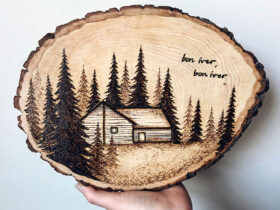

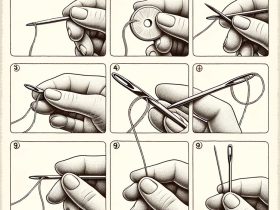
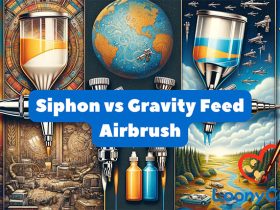

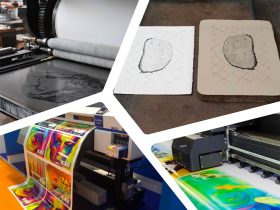


Please let me know the type of nozzles on this picture. I’m a novice painter and even though I keep my airbrushes clean, one decided it will bulle on me. No matter what I did. It uses the same type of nozzle like on the picture.
Thanks
Dear Mercedes Marton, could you clarify your question, I did not quite understand what exactly you are interested in?